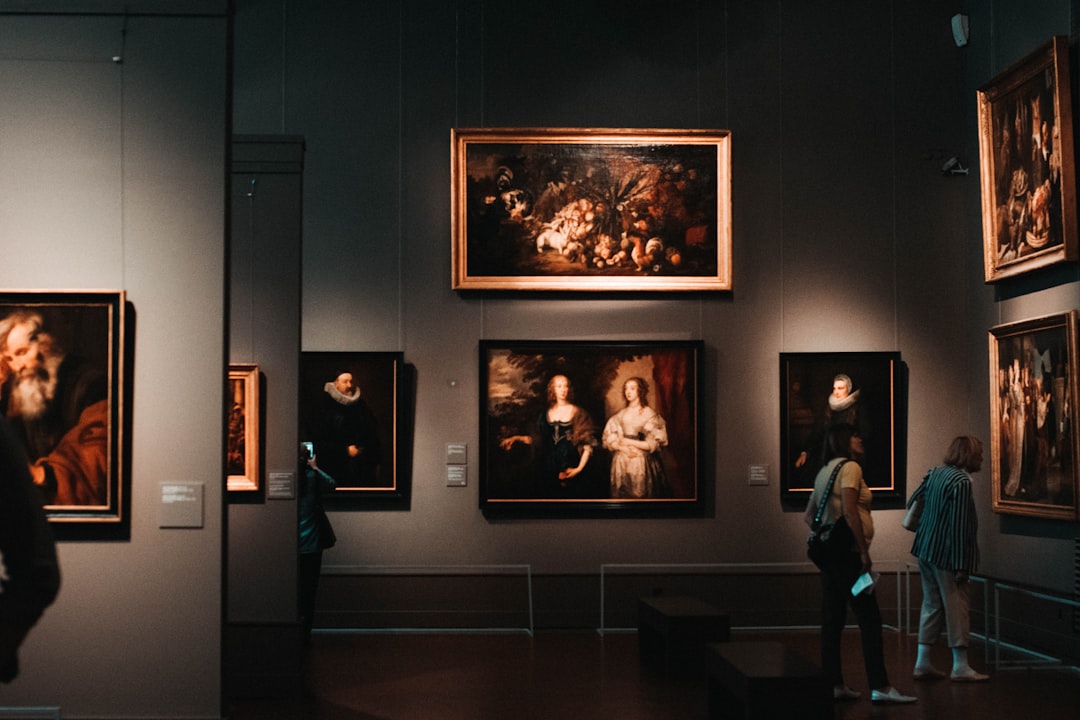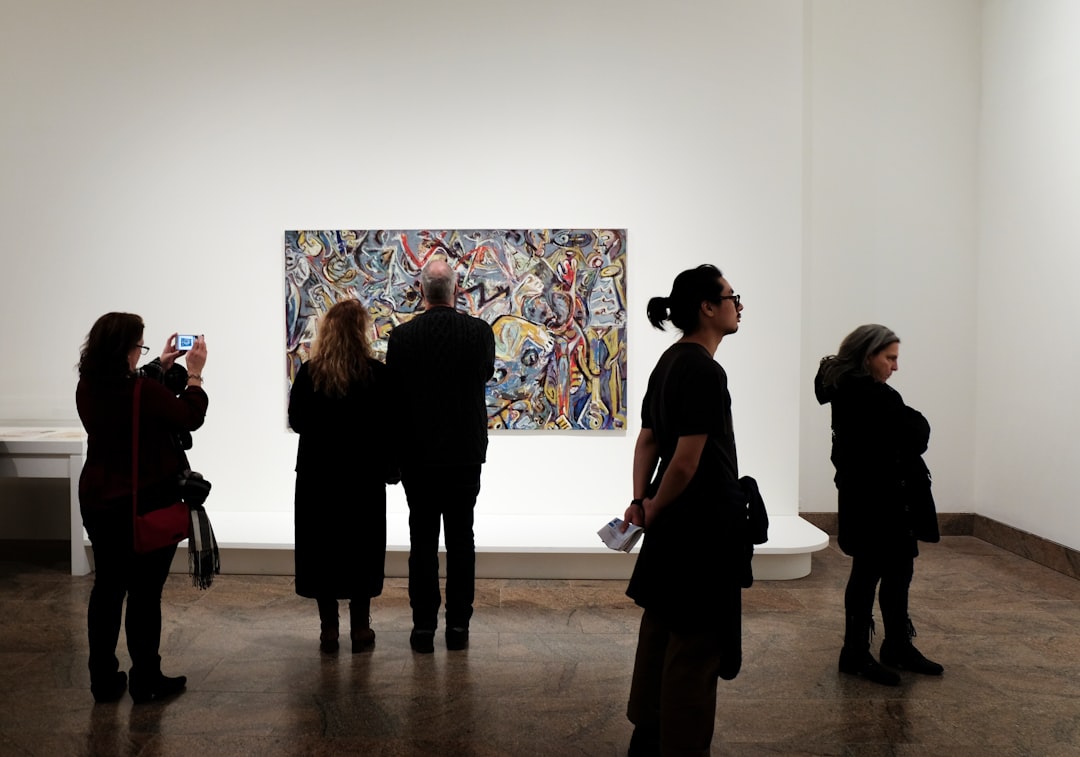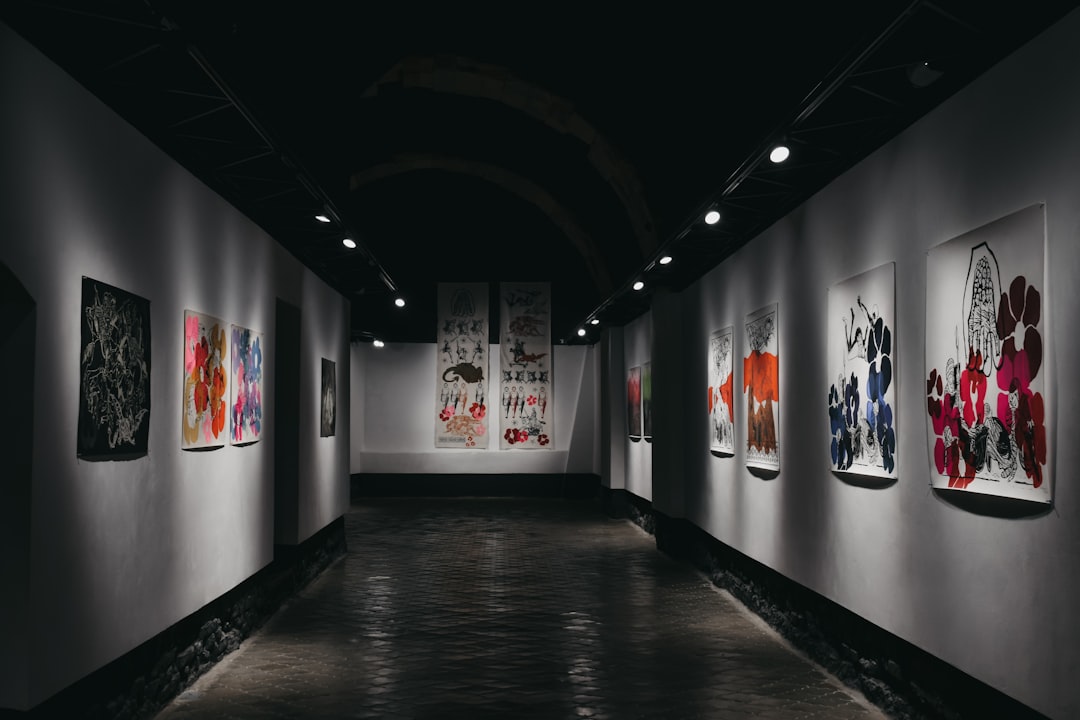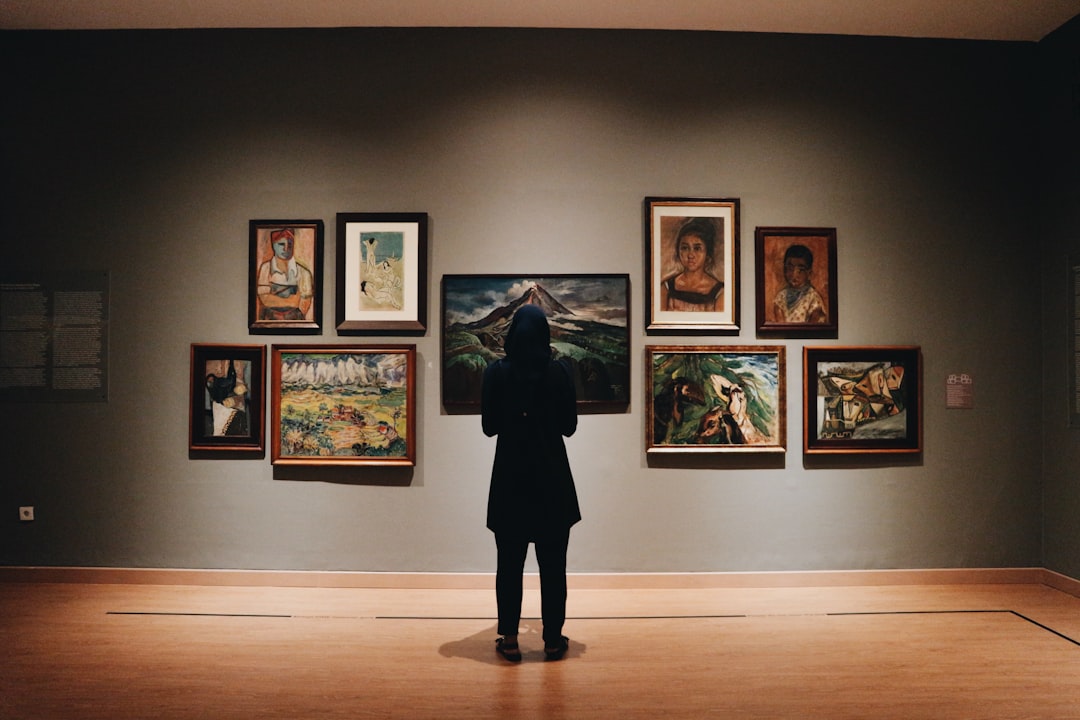The digital age has brought about new ways of doing things that were once thought impossible, and a great example of this can be found in the world of cryptocurrency and NFTs. Cryptocurrencies are digital currencies that utilize encryption techniques to regulate the generation of units of currency and verify the transfer of funds. Simply put, they are decentralised digital currencies that allow for peer-to-peer transactions that don’t require a third party. Bitcoin, the original cryptocurrency, made its debut in 2009 and its popularity has continued to grow over the years.
One of the latest trends in the world of cryptocurrency that’s been making waves is the rise of non-fungible tokens (NFTs). NFTs are unique digital assets that are used to represent ownership of a specific item or piece of content, such as art, music, or even tweets. They are unique because they cannot be exchanged for anything else, unlike conventional cryptocurrencies like Bitcoin.
So, what makes NFTs so special? Well, they give creators and artists the ability to sell their digital work as unique assets, allowing them to profit from their creations in a way that wasn’t possible before. Additionally, collectors of digital art can now purchase authentic pieces of work that are one-of-a-kind, giving them exclusive ownership over a digital asset. This has created an entirely new market for digital art, with some pieces selling for millions of dollars.
Though relatively new, NFTs have been embraced by the art world, and we’ll explore this further in the following sections. However, it’s important to note that NFTs are not without controversy, particularly regarding environmental concerns and the perceived value and ownership of digital art.
NFTs 101
Before diving into the art world’s embrace of NFTs, let’s first define what they are and how they work. NFT stands for non-fungible token, which means it’s a digital asset that represents ownership of a unique item or piece of content, such as an artwork, music, or video.
NFTs use blockchain technology, which is a decentralized digital ledger that records every transaction made with that particular token. This means that NFTs are incredibly secure and transparent, as every record can be tracked and verified by anyone.
So when someone buys an NFT, they essentially own a one-of-a-kind digital asset that can’t be replicated or duplicated. This ownership is recorded on the blockchain, which makes it possible for the owner to prove that they are the rightful owner, and to prove the authenticity of the digital asset.
The value of NFTs is determined by a number of factors, including the uniqueness and scarcity of the item, as well as the reputation of the artist or creator who made it. In some cases, NFTs can be sold for millions of dollars, making it a very lucrative market for artists and collectors.
While NFTs are still a relatively new concept, they are already making a big impact on the art world. Artists are able to sell their digital art for much higher prices than they would be able to through traditional means, and collectors are able to own and display unique pieces of art in a way that wasn’t previously possible.
Now that we have a better understanding of NFTs and how they work, let’s take a closer look at how they’re being embraced by the art world.
NFTs use blockchain technology, which is a decentralized digital ledger that records every transaction made with that particular token.
The Art World’s Embrace of NFTs
The world of art has been quick to embrace NFTs, with many high profile artists making significant sales in the market. One of the most famous NFT art sales was by digital artist Mike Winkelmann, also known as Beeple, who sold a digital artwork for a staggering $69 million at a Christie’s auction. This sale made history as the first time a traditional auction house accepted payment in cryptocurrency.
Apart from Beeple, other artists who have made headlines include Grimes, who sold a collection of digital art for almost $6 million, and Trevor Jones, whose sale of a single NFT for $101,593 broke his previous record.
The traditional art world has been struggling to adapt to the digital age, but the rise of NFTs has provided a solution for artists and collectors alike. For artists, NFTs have opened up new avenues for exhibiting and monetizing their work, beyond traditional galleries and auction houses. For collectors, NFTs provide a new way to own and invest in art, with blockchain technology ensuring transparency and authenticity.
One of the main benefits for artists is that they can earn royalties every time their NFT is resold, giving them a steady stream of income over time. This is a significant change from traditional art sales, where the artist may only receive a one-time payment.
NFTs have also democratized the art world, allowing emerging and lesser-known artists to gain recognition and financial success. With the rise of social media, artists can now showcase their work to a global audience and build their brand without the need for a traditional art dealer or gallery.
However, there are criticisms and controversies surrounding NFTs in the art world. Some critics argue that the environmental impact of blockchain technology used by NFTs is concerning, as it requires significant energy consumption. There are also concerns about the value and ownership of digital art, with some collectors expressing confusion about how to prove ownership of an NFT art piece.
Despite these challenges, NFTs show no sign of slowing down in the art world. As technology advances, it is likely that we will see even more innovative ways for artists and collectors to use NFTs. As the traditional art world continues to grapple with the impact of the digital age, NFTs are providing an exciting new frontier for artists and collectors alike.
This is a significant change from traditional art sales, where the artist may only receive a one-time payment.
Criticisms and Controversies
Despite the immense excitement surrounding NFTs, there are several criticisms and controversies surrounding their use. One of the most significant criticisms is their environmental impact. Many have pointed out that the process of minting an NFT, which involves using the Ethereum blockchain to create a unique digital asset, requires a considerable amount of energy. This is because the blockchain relies on a proof-of-work system that involves solving complex mathematical algorithms. As a result, the energy consumption involved with NFTs and cryptocurrency, in general, has been compared to that of entire countries. This has raised concerns among climate activists who argue that we simply cannot afford to exacerbate our current climate crisis any further.
Another controversial issue with NFTs is the notion of ownership. While NFTs are undeniably unique and verifiable, they do not necessarily provide ownership of the artwork or asset. Instead, an NFT represents a token that verifies an individual’s ownership of a single instance of the artwork. As a result, the original artist retains the rights to the artwork itself and can continue to sell it or reproduce it outside of the NFT market. This has sparked a debate surrounding the value of NFTs and whether they truly represent ownership or are merely a form of digital bragging rights.
In addition, many critics argue that NFTs are contributing to the ongoing commodification of art. The art world has long grappled with the tension between art as a form of expression and art as a commercial commodity. Some argue that NFTs reduce art to a speculative asset, something that can be bought and sold based solely on its potential value rather than its artistic merit. They worry that this could create a market in which artists are incentivized to produce work that is more marketable than meaningful.
Despite these controversies, the fact remains that NFTs have made a significant impact in the art world. As the market continues to evolve, it will be interesting to see how these criticisms are addressed and what new challenges may arise.
As a result, the energy consumption involved with NFTs and cryptocurrency, in general, has been compared to that of entire countries.
Looking Forward
As NFTs continue to gain attention and popularity in the art world, it’s exciting to consider the potential future developments. One possibility is the expansion of NFTs beyond the world of visual art. Already, musicians and other creators are exploring the use of NFTs to sell their work directly to fans, allowing for a more direct relationship between artist and collector.
Additionally, the use of NFTs in gaming and virtual worlds is gaining traction. In these contexts, NFTs could represent rare in-game items or even virtual real estate, with ownership of NFTs translating to exclusive access or special privileges within the game or virtual world.
Another area in which NFTs are ripe for development is in the intersection of art and technology. With the ability to embed code and other digital assets into an NFT, the possibilities for interactive and dynamic art experiences are endless. Imagine a painting that changes over time or a sculpture that can be viewed and manipulated in 3D.
Of course, as with any new technology, there are also potential pitfalls to consider. Issues of copyright infringement and ownership are still being worked out, and the environmental impact of NFTs has sparked concern among some. It remains to be seen how these challenges will be addressed, but one thing is for sure: the world of NFTs is only going to grow and evolve in the coming years.
In summary, the rise of NFTs represents a fascinating intersection of technology and art, with the potential to revolutionize the way we think about ownership and the value of creative expression. While there are certainly challenges to address, the future of NFTs is bright, and it will be fascinating to watch as this technology continues to develop and shape the art world of tomorrow.
Looking Forward
As NFTs continue to gain attention and popularity in the art world, it’s exciting to consider the potential future developments.
Conclusion:
In conclusion, the rise of cryptocurrency and NFTs has opened up a new world of opportunities for the art world. NFTs have proved to be a game-changer in the industry, providing a new way for artists to monetize their work and collectors to own it in a unique and irrefutable way. They have transformed the art world, making it more accessible, transparent, and secure.
As we have seen, NFTs have emerged as one of the hottest hashtags in the art world, with several famous art sales that have generated millions and captured headlines. Buyers and sellers are exploring new possibilities, and industry players are optimistic about the future. The benefits NFTs offer to artists and collectors are unique, democratizing access to the art market and enhancing the experience of owning artwork.
However, critics have raised concerns about the environmental impact, pointing out the massive energy consumption that NFTs entail. There are also concerns about the ownership and value of NFTs, with some questioning whether they truly signify ownership or are subject to market fluctuations.
Despite these controversies, the art world’s embrace of NFTs is undeniable. The potential for future developments is limitless, and we can expect to see more creative experimentation in the years ahead.
As we navigate through this new era, it is important to remain informed and engaged with the latest news and developments. Only then can we begin to appreciate fully what NFTs offer to the art world and the industry’s potential for long-term transformation.
The Future of NFTs
As we look towards the future of NFTs, we can expect to see continued growth and innovation in this field. One exciting aspect is the integration of NFTs into other industries, such as music, gaming, and sports. We have already seen musicians release NFTs for exclusive behind-the-scenes content, and sports teams create NFTs to commemorate historic moments.
Additionally, the technology behind NFTs is constantly advancing. With the use of blockchain technology, we can improve the security and transparency of transactions, making NFTs an even more desirable asset. With the ability to track ownership and authenticity, NFTs have the potential to revolutionize the art world, as well as other industries.
However, there are also concerns about the environmental impact of NFTs. As we mentioned earlier, the process of minting NFTs requires a significant amount of energy, contributing to carbon emissions. In order to address this issue, some platforms are looking into using more eco-friendly alternatives or offset programs to mitigate their environmental impact.
Despite these challenges, NFTs have shown immense potential and have already had a significant impact on the art world. As we continue to explore the possibilities of this technology, it will be interesting to see how it evolves and how it changes the way we view and interact with digital assets.
In conclusion, NFTs have opened up new possibilities for artists, collectors, and investors to engage with art in a unique and exciting way. While there are concerns about the environmental impact and value of these assets, the potential benefits and innovations that NFTs offer make them a worthwhile investment. As we continue to explore this emerging technology, the power of NFTs to transform the art world and beyond cannot be ignored.





